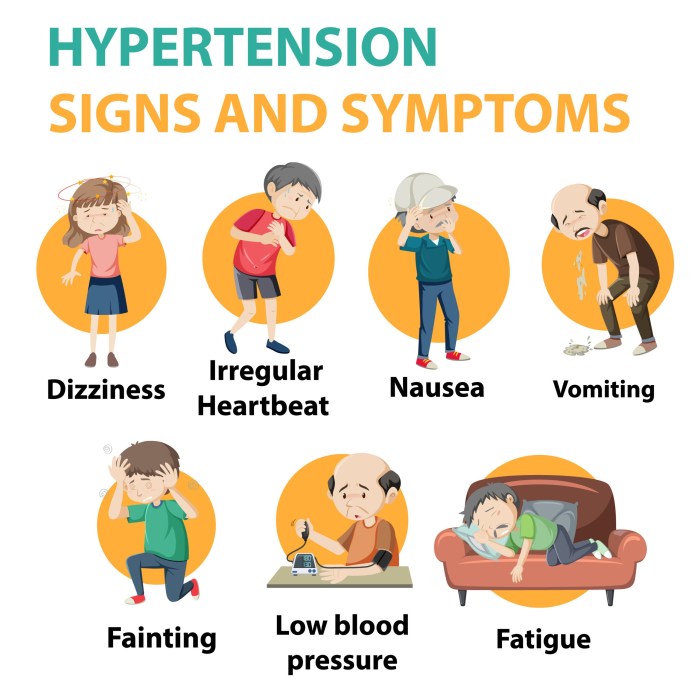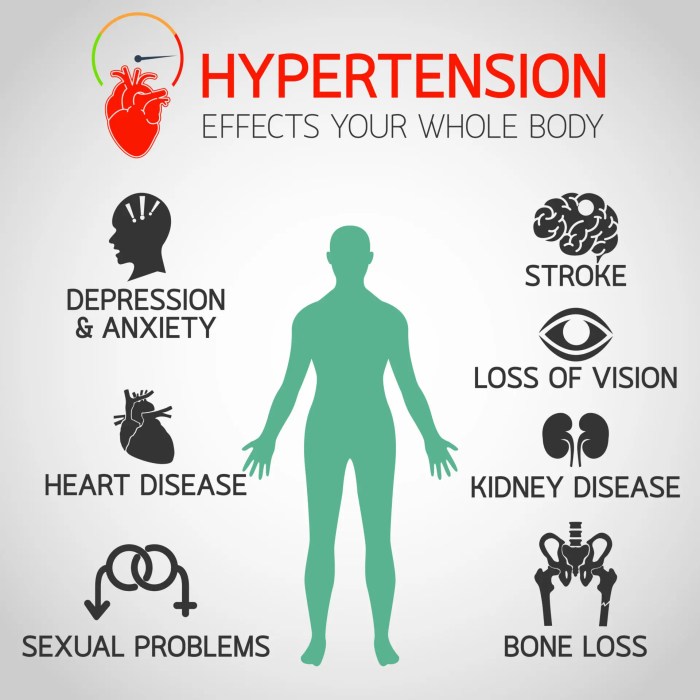ht medical abbreviation is a cornerstone of healthcare communication, enabling efficient and precise exchange of medical information. From diagnostic tests to treatment options, this abbreviation plays a vital role in ensuring patient safety and effective care. Delve into the world of ht medical abbreviation and unravel its significance in the healthcare landscape.
Beyond its practical applications, ht medical abbreviation also serves as a bridge between healthcare professionals and patients. By understanding the meaning behind these abbreviations, patients can actively participate in their own healthcare decisions and foster a more informed relationship with their providers.
Medical Terminology
Meaning of “ht” as a medical abbreviation
The medical abbreviation “ht” stands for “height”. It is commonly used in medical records and charts to document a patient’s height. Height is an important vital sign that can be used to assess a patient’s overall health and growth.
Other common medical abbreviations that start with “ht”
There are several other common medical abbreviations that start with “ht”. These include:
- HTN: Hypertension
- Hgb: Hemoglobin
- Hct: Hematocrit
- HDL: High-density lipoprotein
- HIV: Human immunodeficiency virus
- HPV: Human papillomavirus
- HTLV: Human T-lymphotropic virus
Importance of using correct medical abbreviations in healthcare settings
It is important to use correct medical abbreviations in healthcare settings to ensure clear and accurate communication. Incorrect or ambiguous abbreviations can lead to errors in patient care. For example, the abbreviation “ht” could be mistaken for “history” or “heart rate” if it is not used correctly.
Treatment Options

HT is a common abbreviation used in medical terminology to refer to various treatment options. These treatments aim to alleviate symptoms, manage underlying conditions, or improve overall health outcomes. Understanding the mechanisms of action, side effects, and contraindications of each treatment is crucial for healthcare professionals when prescribing and administering medications.
Hormone Therapy
Hormone therapy (HT) involves administering hormones to regulate or supplement the body’s natural hormone levels. It is commonly used to treat hormonal imbalances, such as those caused by menopause, andropause, or thyroid disorders. HT can help alleviate symptoms like hot flashes, mood swings, and bone loss.
Hyperbaric Oxygen Therapy
Hyperbaric oxygen therapy (HBOT) involves exposing patients to pure oxygen in a pressurized environment. This increases the amount of oxygen dissolved in the blood, promoting tissue healing and reducing inflammation. HBOT is used to treat conditions such as decompression sickness, carbon monoxide poisoning, and chronic wounds.
Heat Therapy, Ht medical abbreviation
Heat therapy involves applying heat to the body to relieve pain, stiffness, and muscle spasms. It can be administered through hot packs, heating pads, or infrared lamps. Heat therapy is commonly used for conditions like arthritis, back pain, and menstrual cramps.
Hydrotherapy
Hydrotherapy involves using water to treat various conditions. It can include soaking in hot or cold water, taking showers, or participating in water aerobics. Hydrotherapy can help improve circulation, reduce stress, and alleviate pain.
Healthcare Informatics

The use of medical abbreviations in electronic health records (EHRs) has become increasingly common. This is due in part to the need to quickly and efficiently document patient information, as well as the growing use of technology in healthcare. While abbreviations can be helpful in saving time and space, they can also lead to errors if they are not used correctly.
Benefits of using abbreviations in EHRs
- Save time and space:Abbreviations can help to save time and space when documenting patient information. This is especially important in EHRs, where there is often a limited amount of space to enter data.
- Improve efficiency:Abbreviations can also help to improve efficiency by reducing the amount of time it takes to document patient information. This can lead to increased productivity and improved patient care.
- Enhance communication:Abbreviations can help to enhance communication between healthcare providers. By using standardized abbreviations, providers can be sure that they are all using the same terms to describe the same things.
Challenges of using abbreviations in EHRs
- Potential for errors:Abbreviations can lead to errors if they are not used correctly. This is because abbreviations can be easily misinterpreted, especially if they are not standardized.
- Lack of standardization:There is often a lack of standardization when it comes to medical abbreviations. This can lead to confusion and errors.
- Difficulty in understanding:Abbreviations can be difficult to understand, especially for patients who are not familiar with medical terminology.
How standardized medical terminology can improve data accuracy and interoperability
Standardized medical terminology can help to improve data accuracy and interoperability by ensuring that all healthcare providers are using the same terms to describe the same things. This can help to reduce errors and improve communication between providers.
There are a number of different standardized medical terminologies available, such as the International Classification of Diseases (ICD) and the Systematized Nomenclature of Medicine (SNOMED CT). These terminologies provide a comprehensive list of medical terms that can be used to document patient information.
By using standardized medical terminology, healthcare providers can be sure that they are all using the same terms to describe the same things. This can help to improve data accuracy and interoperability, and ultimately lead to better patient care.
Wrap-Up: Ht Medical Abbreviation

In conclusion, ht medical abbreviation is an indispensable tool in the healthcare industry, streamlining communication, enhancing patient care, and empowering individuals to take an active role in their health. As technology continues to advance and healthcare becomes increasingly complex, the use of standardized medical terminology will only grow in importance, ensuring the seamless exchange of medical information for generations to come.
Key Questions Answered
What is the full form of ht in medical terms?
Ht is a common medical abbreviation for “hypertension,” which refers to abnormally high blood pressure.
Why are medical abbreviations important?
Medical abbreviations save time and space in medical records, prescriptions, and other healthcare documents, allowing for efficient communication among healthcare professionals.
How can I learn more about medical abbreviations?
There are many resources available online and in libraries that provide comprehensive lists and explanations of medical abbreviations.